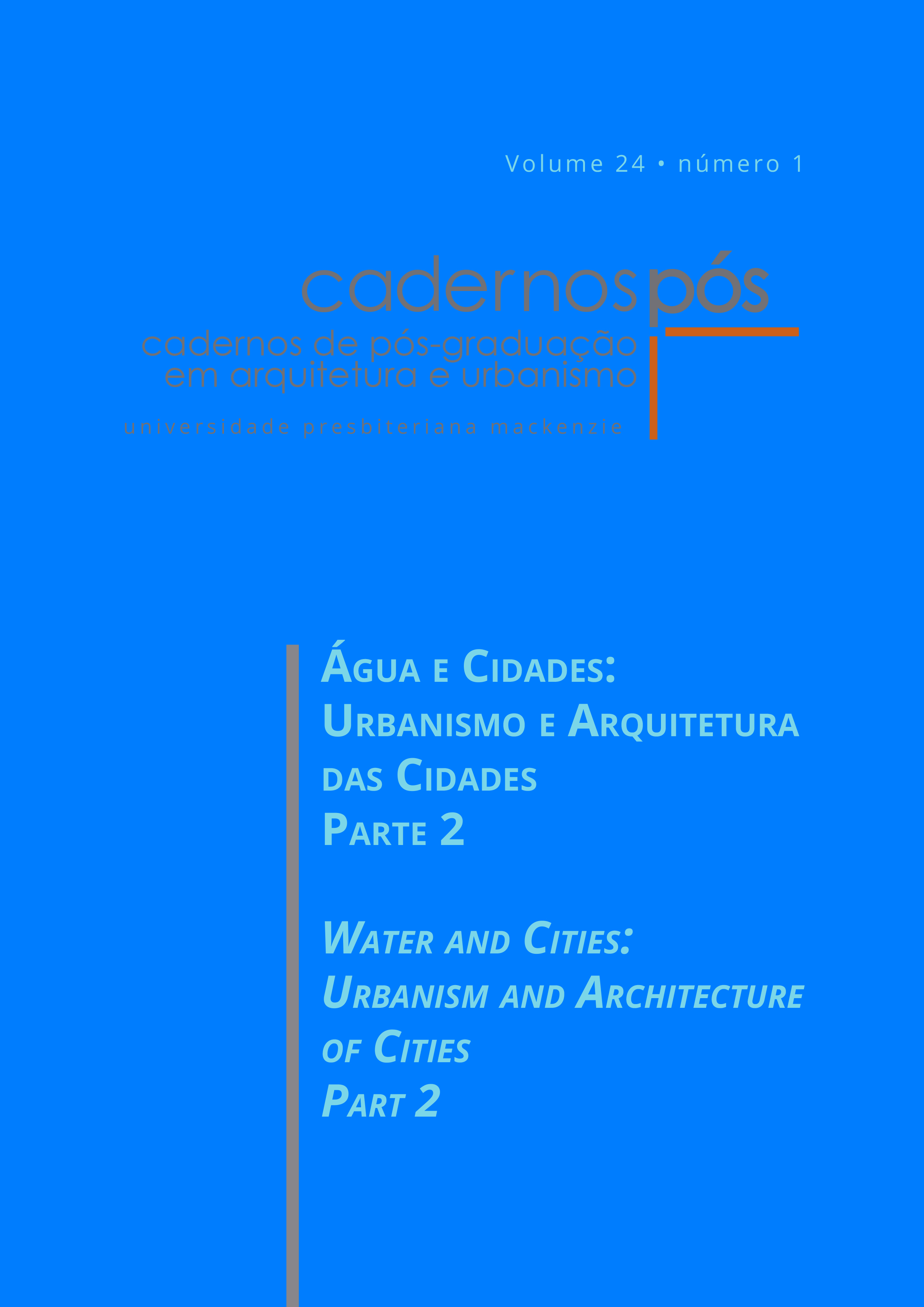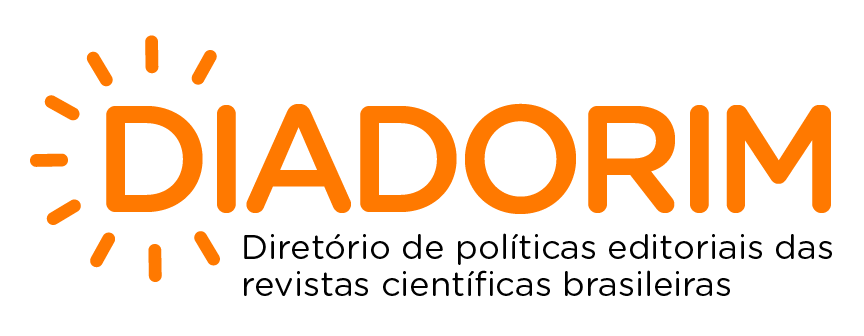Circumstance
a proposal to discuss urban waters
DOI:
https://doi.org/10.5935/cadernospos.v24n1p105-117Keywords:
Urban Waters; Hydrographic Basin; Environmental Education; Recovery of degraded areas; Political organization through urban waters.Abstract
Most Brazilian cities have suffered from floods and landslides during the rainy season, making clear the ills caused by disrespecting urbanization of natural conditions as well as the limitations of conventional drainage solutions, unable to face the problem nor its growing aggravation in view of changes weather. Facing this situation imposes new solutions based on diffuse measures of rainwater management, which depend on the participation of local populations and, therefore, on the understanding of what an urban hydrographic basin is and how the dynamics of the water inside it works, aspects fundamental aspects of basic environmental education to recover the quality of life in cities. This article presents the concept of circumstance, related to the portion of a watershed that can be directly and daily observed, as the basis of a proposal to horizontalize knowledge about the functioning of water in urbanized basins and expand discussions on urban water, articulated to the various scales involved therein. The article also presents a report on the circumstances of a sub-basin in Belo Horizonte, illustrating how it can be mobilized in practice.
Downloads
References
BEER, T.; BORGAS, M. Horton’s laws and the fractal nature of streams. Water Resources Research, Hoboken (NJ), n. 5, 1993.
LA BARBERA, P.; ROSSO, R. Fractal geometry of river networks. Water Resources Research, Hoboken (NJ), n. 44, 1987.
MANDELBROT, B. B. Fractal Geometry: what is it, and what does it do? Proceedings of the Royal Society of Sciences, London, n. 423, 1989.
MORTIMER, E. F.; SCOTT, P. H. Meaning making in secondary science classrooms. Maidenhead, Philadelphia: Open University Press, 2003.
ORTEGA y GASSET, J. Meditações do Quixote. Campinas: Vide Editorial, 2019 [1914].
PINHEIRO, C. B. Crônicas da drenagem urbana em Belo Horizonte: novos caminhos em meio a velhas práticas. Belo Horizonte: Escola de Arquitetura da UFMG, 2022.
RINALDO, A. et al. Self-organized fractal river networks. Physical Review Letters, v. 70, 1993.
ROSA, D. W. B. Resposta hidrológica de uma bacia hidrográfica urbana à implantação de técnicas compensatórias de drenagem urbana – Bacia do Córrego do Leitão, Belo Horizonte, Minas Gerais. 2017. Dissertação (Mestrado em Engenharia Sanitária) — Escola de Engenharia da UFMG, Belo Horizonte, 2017.
SANTOS, Roberto E. Pesquisa na sala de aula. Cadernos de Arquitetura e Urbanismo da PUC Minas, n. 37, 2018.
SANTOS, Roberto E. Narrar por construções. In: CESAROLI, J. F.; PEREIRA, M. S.; JACQUES, P. B. (org.). Nebulosas do pensamento urbanístico. Salvador: UFBA, 2020. (Tomo III – Modos de Narrar).
SILVEIRA, N. F. Q. Análise fractal de bacias hidrográficas de região de encosta e região de planalto com base em cartas topográficas e em fotografias aéreas. 2006. Tese (Doutorado em Engenharia Ambiental) – Universidade Federal de Santa Catarina, Florianópolis, 2006.
TARBOTON, D. G.; BRAS, R. L.; ITURBE, I. R. Comment on the fractal dimension of stream Networks. Water Resources Research, n. 9, 1990.
TARBOTON, D. G.; BRAS, R. L.; ITURBE, I. R. The fractal nature of networks. Water Resources Research, n. 8, 1988.
TEODORO, V. L. I.; TEIXEIRA, D.; COSTA, D. J. L.; FULLER, B. B. O conceito de bacia hidrográfica e a importância da caracterização morfométrica para o entendimento da dinâmica ambiental local. Revista Uniara, n. 20, 2007.
WILHELM, R. I Ching: O livro das mutações. São Paulo: Pensamento, 1984 [1956].
Downloads
Published
How to Cite
Issue
Section
License
Copyright (c) 2024 Roberto E. Santos

This work is licensed under a Creative Commons Attribution 4.0 International License.
Authors who publish in this journal agree to the following terms:
a) Authors retain the copyright and grant the journal the right of first publication, with the Project simultaneously licensed under the Creative Commons Attribution License that allows the sharing of the Project with recognition of the authorship and initial publication in this journal.
b) Authors are authorized to assume additional contracts separately for the non-exclusive distribution of the version of the Project published in this journal (e.g., publishing in an institutional repository or as a book chapter), indicating that it was originally published in this journal, with a link to the article.








 Todo o conteúdo de Cadernos de Pós-Graduação em Arquitetura e Urbanismo está licenciado sob
Todo o conteúdo de Cadernos de Pós-Graduação em Arquitetura e Urbanismo está licenciado sob 